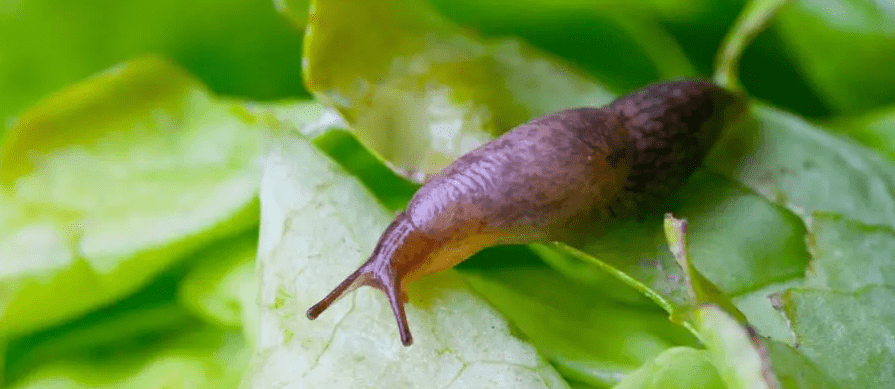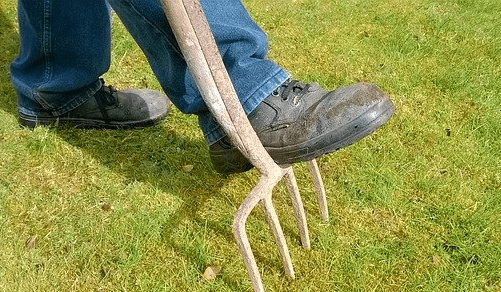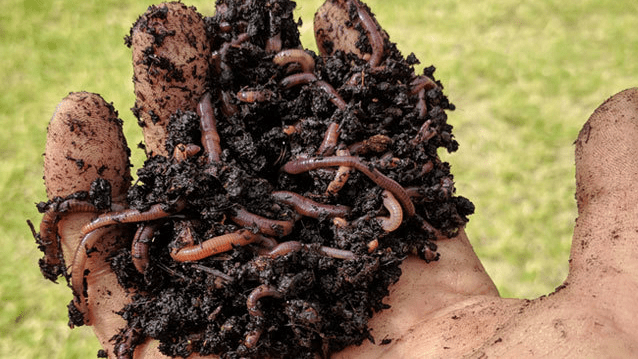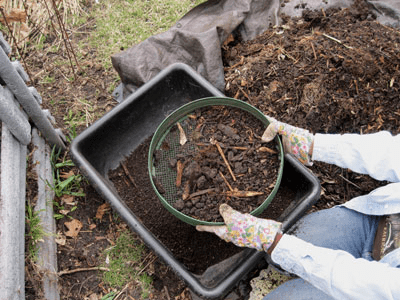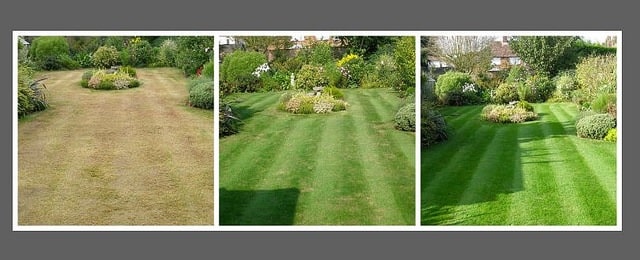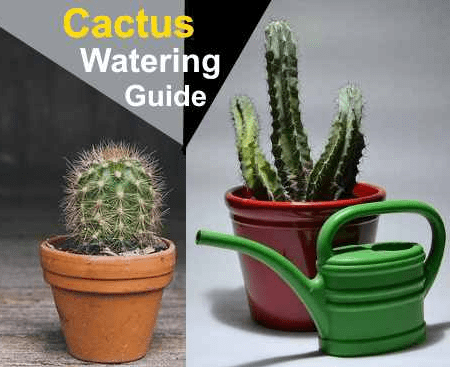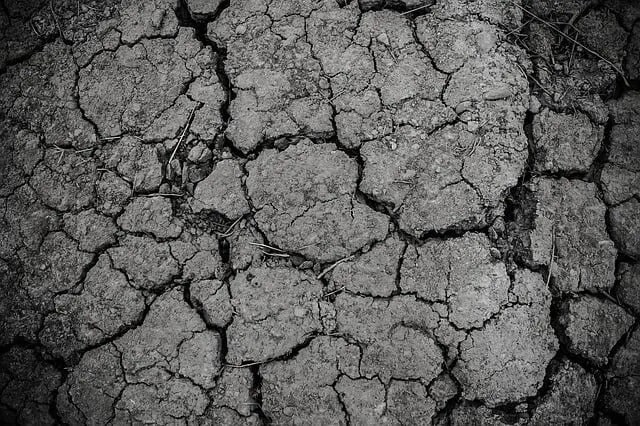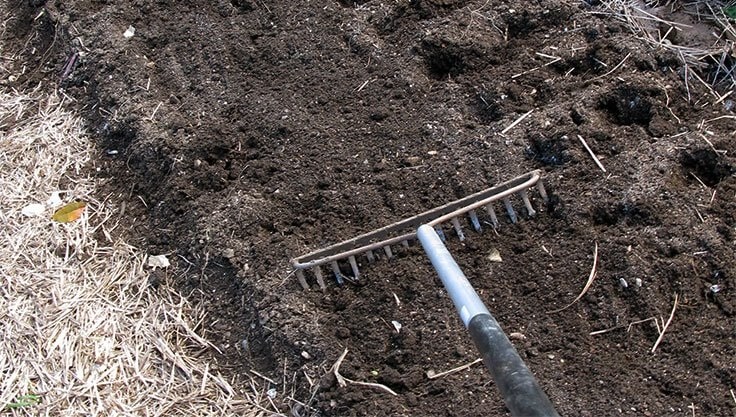Conifers are popular hedge plants. There are many reasons for this. Most conifer hedges are tall, strongly branched and easy to maintain. Therefore, they are ideal for creating opaque privacy hedges. There are several varieties of conifers, all of which are exceptionally well suited as hedge plants. But what is the best variety of conifers? Therefore, we will now inform you about the Thuja in comparison with other conifers.
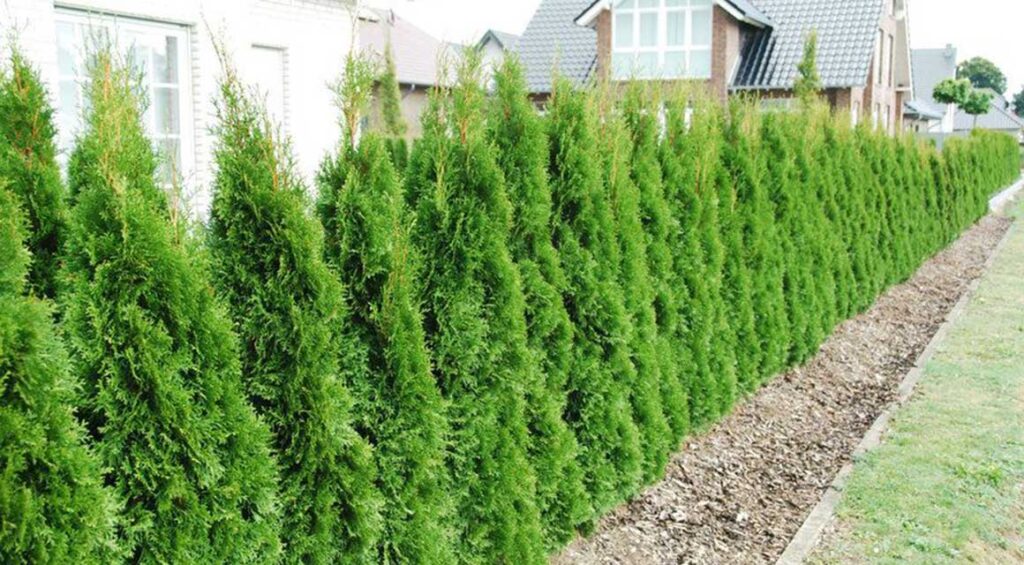
Contents
The properties of the Thuja
In Europe, the Thuja is often called the tree of life. This naturally makes curious about the history of this plant. There are several theories about the origin of the word ”tree of life”. Sometimes it is claimed that it refers to the tree that grew in the Garden of Eden. Others claim that the tree has healing powers. Thuja was also often used for sacrificial offerings at the time because it catches fire quickly, producing a lot of smoke. Therefore, your backyard barbecue should not be placed next to a thuja hedge. The thuja is a popular conifer. Perhaps this is because a thuja has everything you would imagine a conifer to have.
This is because the thuja has a compact, strongly branched growth habit and it can be pruned well into a formal shape, quite unlike the Japanese larch or the ancient sequoia. Thuja can also grow several meters high. With an annual growth of between 20-40 cm, it has an average growth rate that is somewhat slower than, for example, the extremely fast-growing Leyland cypress. However, this means that the Thuja only needs to be pruned once or twice a year. In general, by the way, there are two varieties of conifers: conifers with scaly leaves and needle-shaped conifers. But what distinguishes these two varieties?
Thuja is a scale conifer, so the scale leaves of this plant are curled up into small, scale-like packets. You can easily touch the branches of scale conifers, while you should nevertheless wear garden gloves to handle needle-shaped conifers. So if you have children or pets, a tree of life is a better option than a larch or yew. Besides, yews are poisonous on top of that. So the thuja is not particularly distinguishable from other conifers, although the history of the thuja, on the other hand, is unique. But that is exactly why the thuja can form such wonderful conifer hedges.
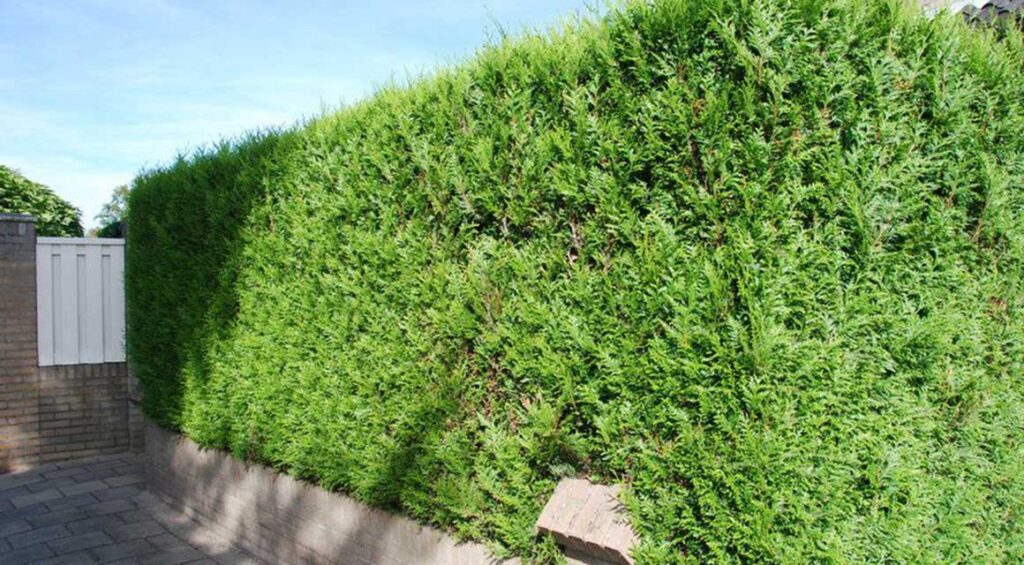
Does the thuja suit my garden?
The thuja is well suited as a hedge plant for most gardens. In a particularly small garden, a thuja hedge may seem a bit too overbearing. However, arborvitae hedges can be kept narrow by regular pruning. We have already mentioned it: the arborvitae is an ideal hedge plant for forming conifer hedges. This is because it is a compact, tall hedge plant that will give you pleasure for a long time to come. There is also a third theory, which says that a tree of life always has a long life. Therefore, some of them even live for hundreds of years. So, for the time being, an evergreen thuja hedge does not need to be replaced.
Garden owners who want to remodel their gardens on a regular basis should therefore think twice about planting thuja (or other conifers). The thuja is a real tree, and therefore has a large root system. Anyway, the tree of life is not a plant for garden owners who like to see a lot of change in the garden, because an evergreen Thuja hedge looks the same all year round. So if you like to recognize the different seasons in your garden, then deciduous conifers should be selected, think of the Ancient Redwood or the Japanese Larch. Thuja, however, is a particularly reliable hedge plant.
We have already mentioned that a arborvitae hedge is very suitable for gardens where children often play or pets run around. However, be aware that thuja is poisonous, although of course this applies to many other plants as well. So if you have small children who like to put everything in their mouths, a thuja hedge is not a good option. However, the thuja is less toxic than, for example, a yew tree, which looks quite tempting because of its pretty red berries. Therefore, for a child-friendly garden, the thuja is somewhat more suitable than the yew.
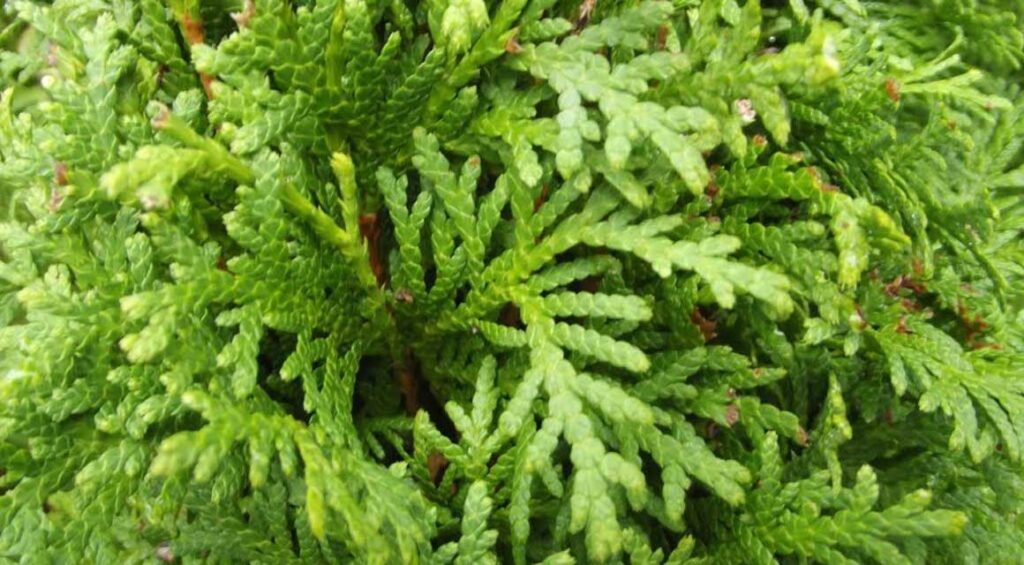
The care of the thuja
The thuja is very undemanding and therefore also particularly easy to care for. After planting the thuja, it is important that a thuja hedge gets enough water in the first months. Even during prolonged drought, the thuja should be watered sufficiently. Life trees can be planted in almost any location that is shaded or sunny. The moisture of the soil is also not a determining factor. However, make sure that the soil is permeable so that the roots of the plants do not become moldy due to waterlogging. However, thuja is generally a hardy plant that can also take good care of itself.
Therefore, when it comes to the care of the thuja, pruning plays a role above all. The tree of life does not grow particularly fast and therefore only needs to be pruned once a year. This pruning is best done in the spring, before the longest day of the year. However, if you prefer your hedge to always have a neat shape, then you can prune it back once more during the year. However, the second pruning should be done before the beginning of September, so that the plants can recover before the onset of winter, because then they are in the so-called winter dormancy.
When pruning, it is important not to cut off too many parts of the plant. Old thuja wood can no longer sprout. This is also true for many other conifers. Pruning should therefore take place every year, so that radical pruning can be avoided. Because the arborvitae has a compact growth habit, you can use a large hedge trimmer or even an electric pruning shear for pruning so that the hedge remains wonderfully straight at the sides and is cut back evenly.


